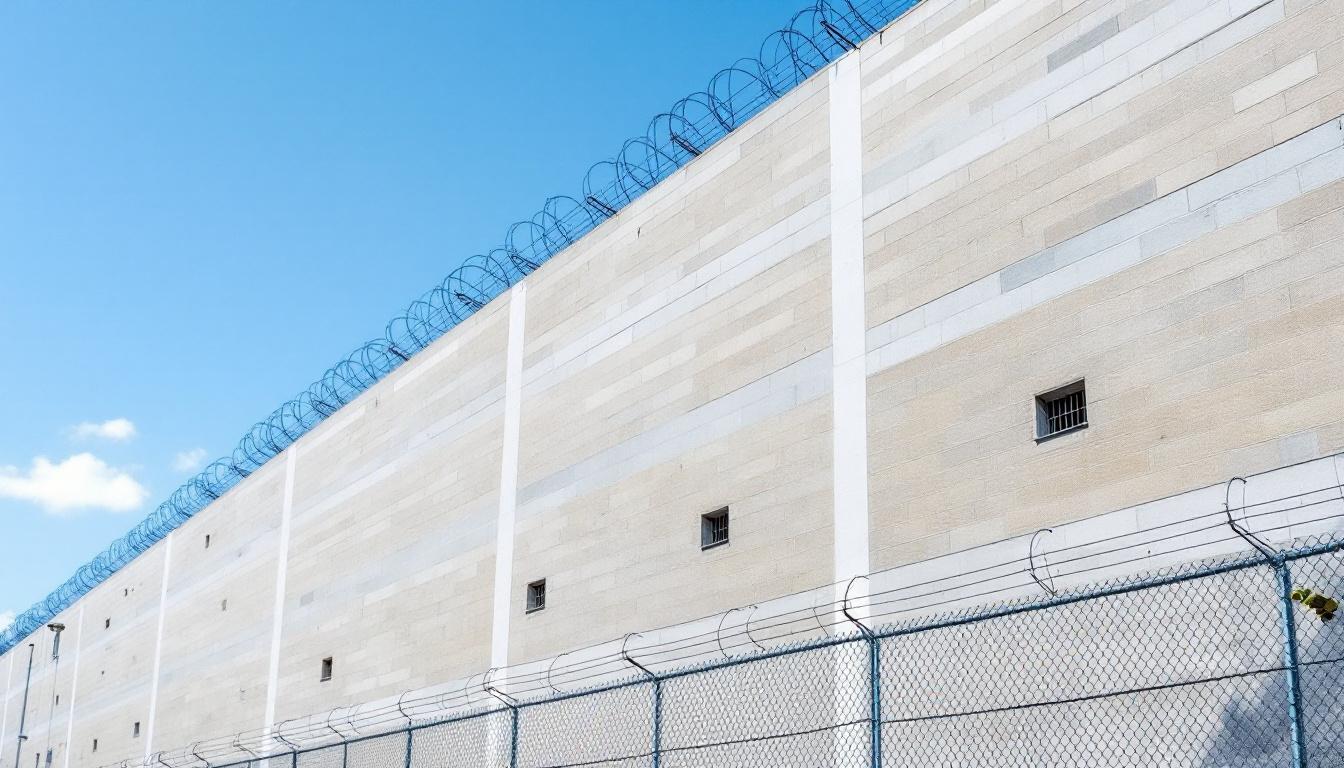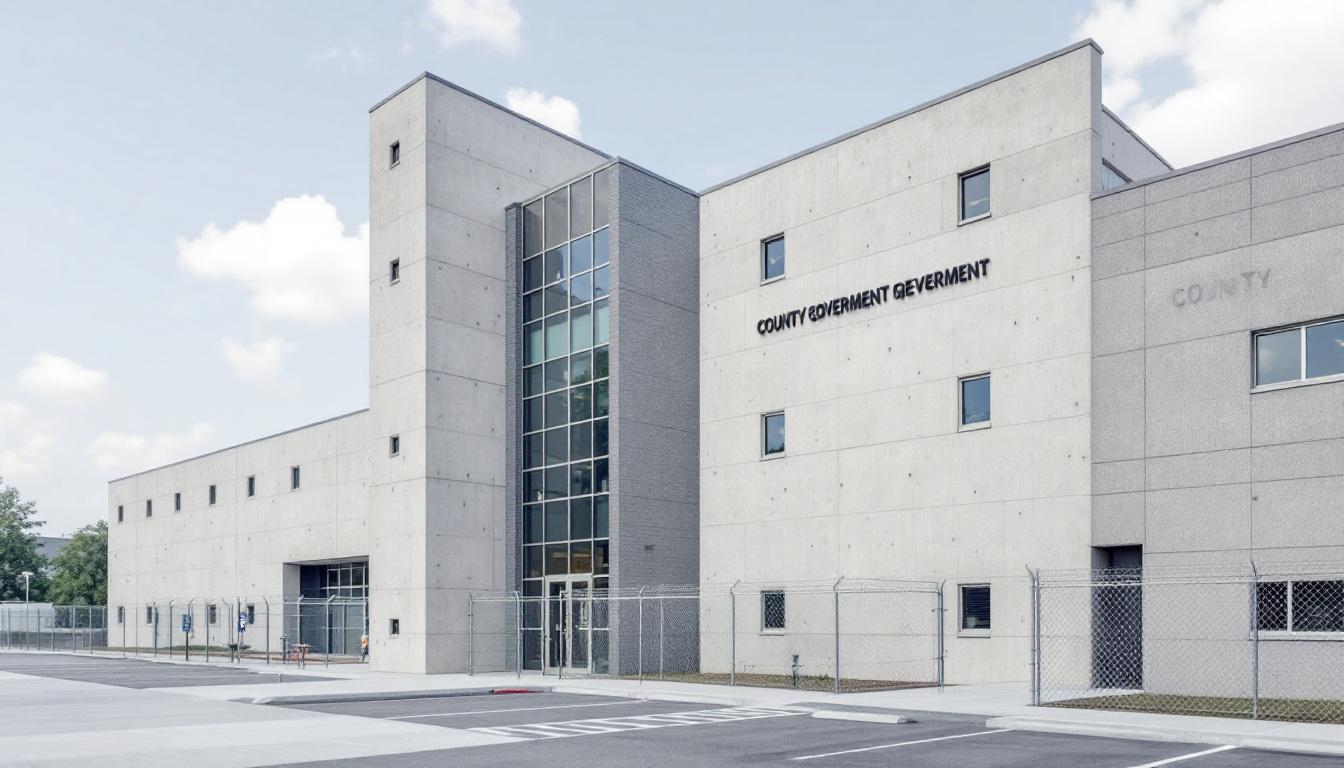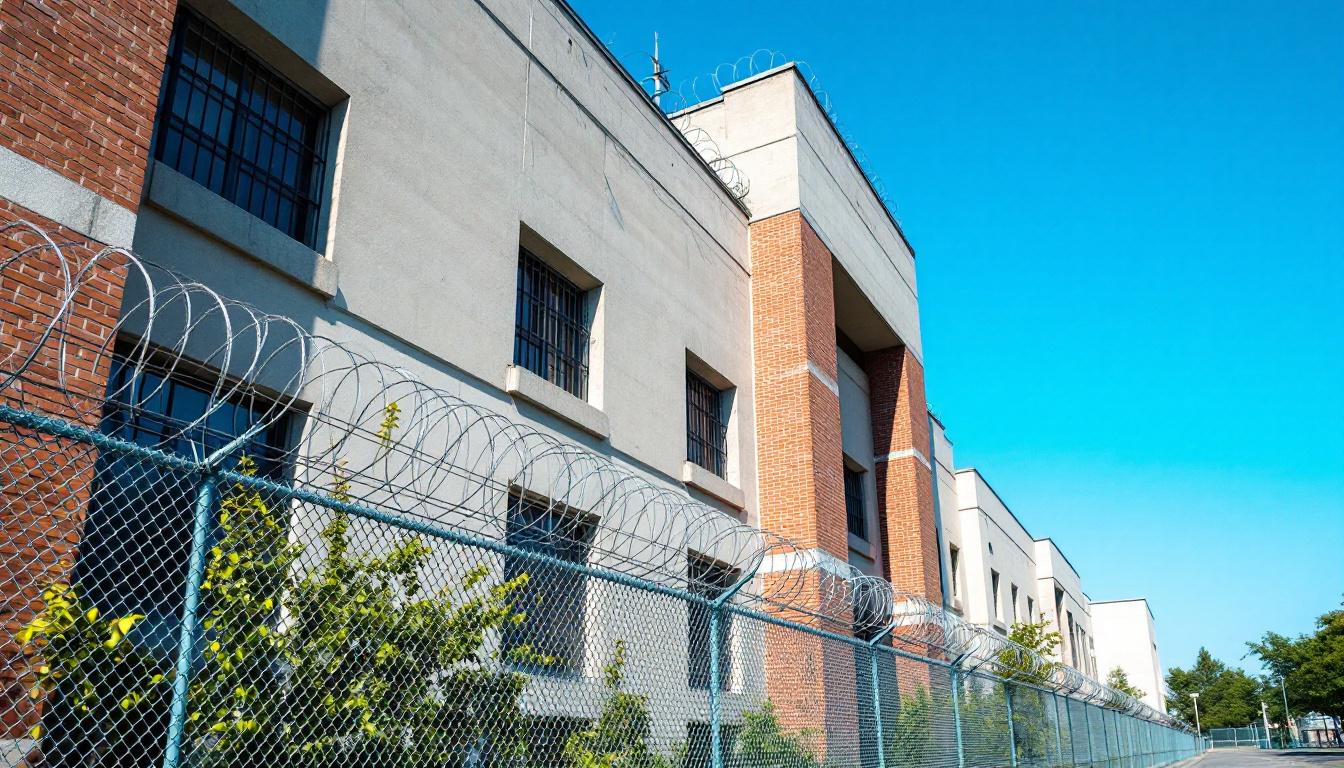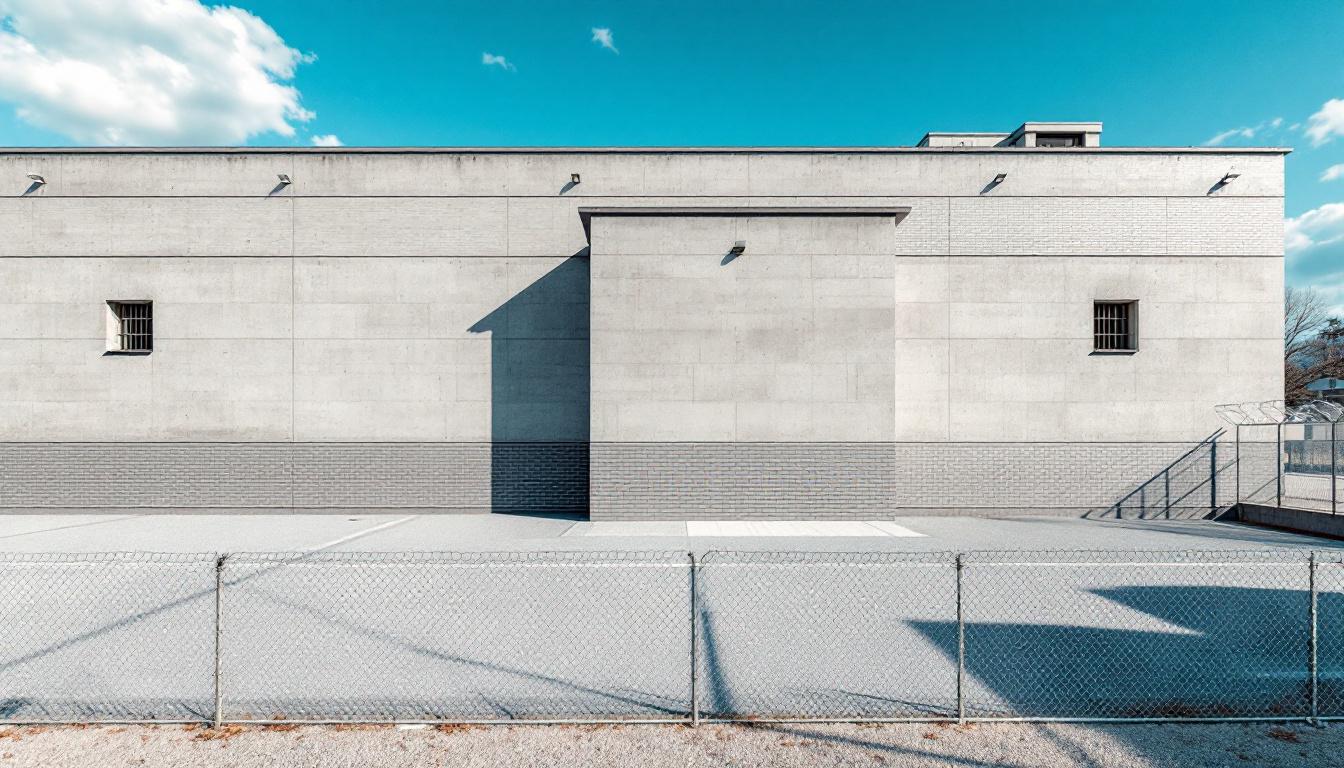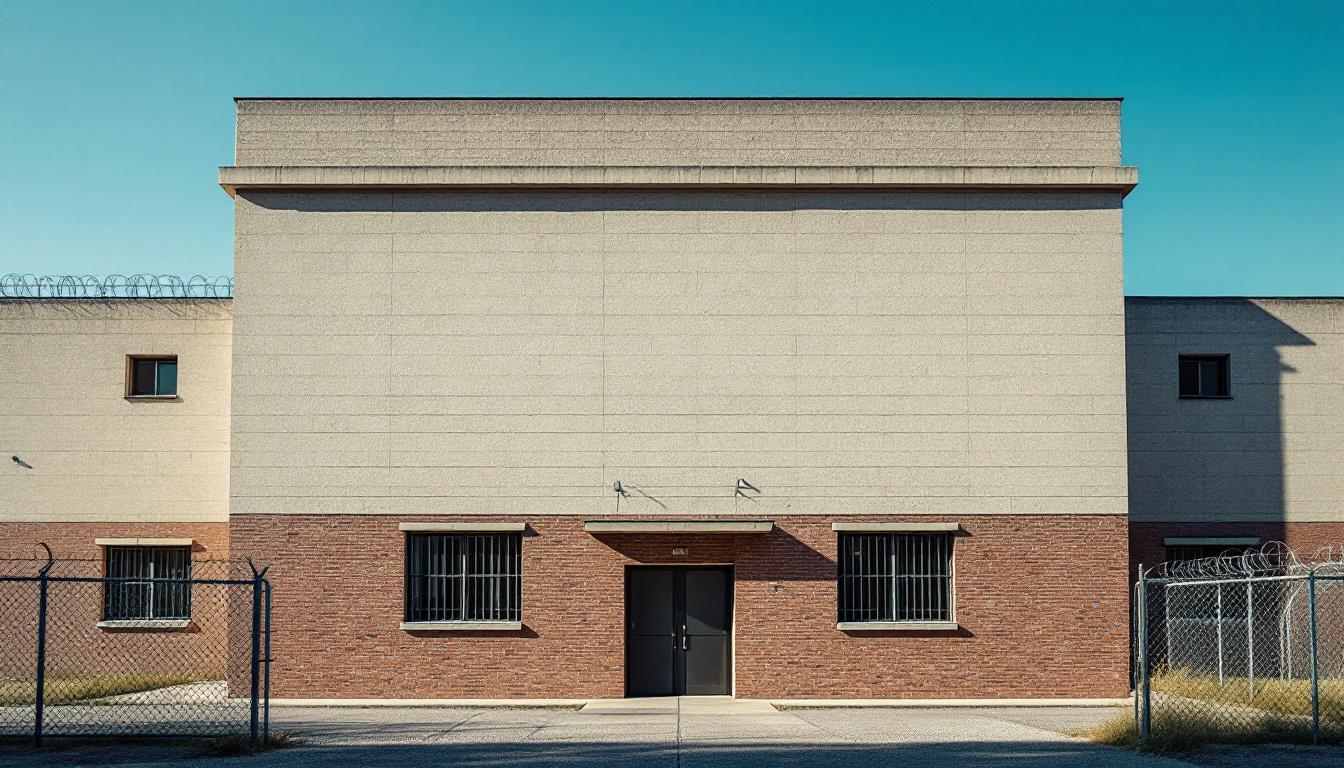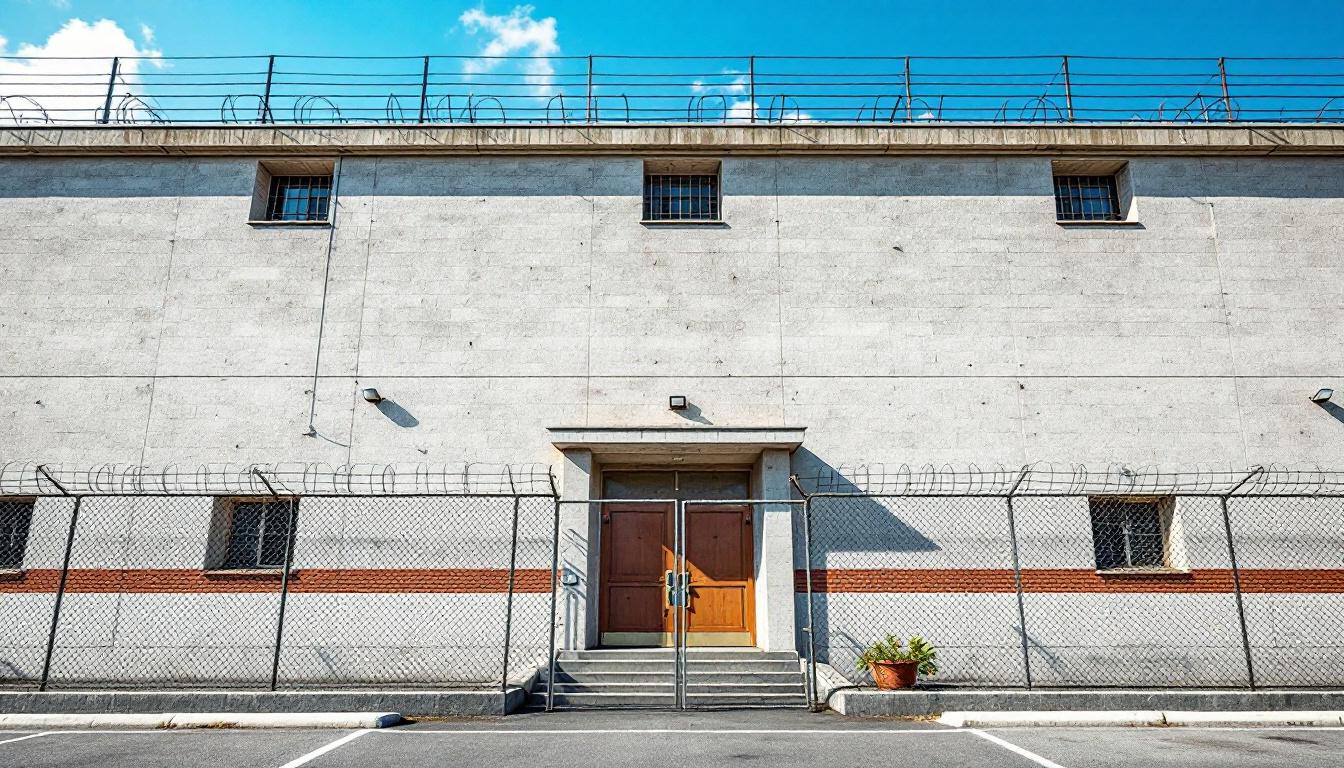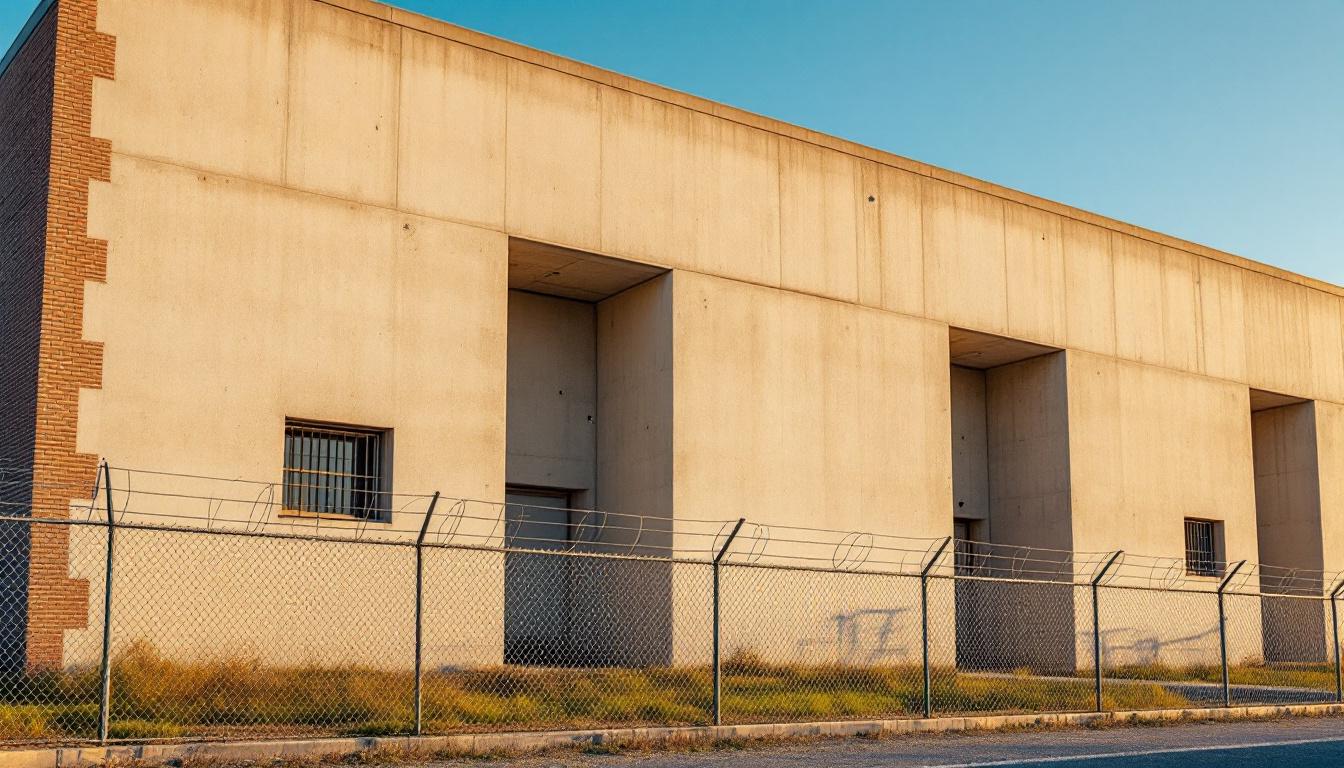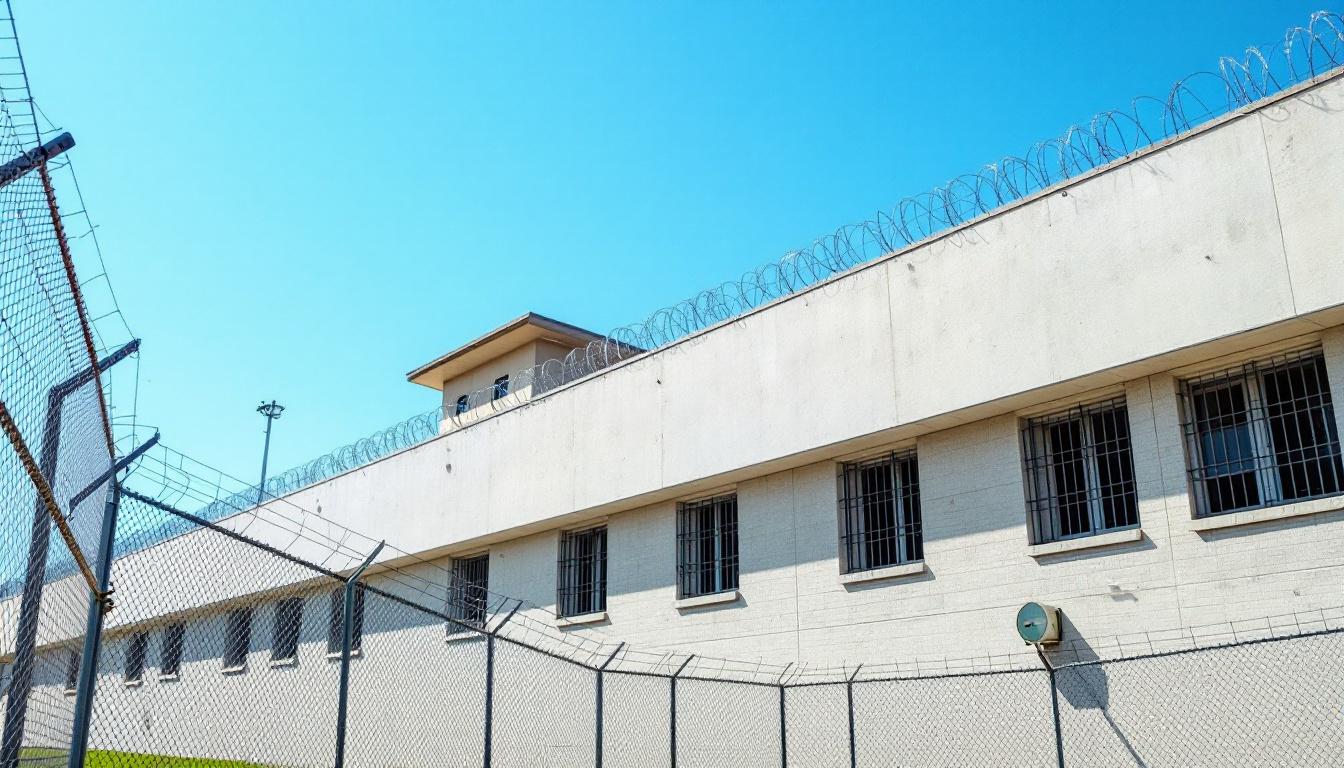
Quick Navigation
How to contact an inmate at East Hidalgo Detention Center
This comprehensive guide will walk you through how to connect with an inmate at East Hidalgo Detention Center. Follow the steps below to find an inmate and send letters and photos:
- Search for the inmate using our search tool below
- Create your account or log in to Penmate
- Write your message (up to 6,000 characters)
- Send instantly - inmates receive printed copies daily
Find an Inmate
Search for an inmate to start communicating today
Tip: You can search by first name, last name, or inmate ID number
To contact a person at East Hidalgo Detention Center start by searching for the person on the official facility website. Perform a search by following these steps:
- Step 1: Enter their first name and last name into the search form and click "Search"
- Step 2: Locate their inmate record
- Step 3: Write down their Inmate ID and any housing information provided
Important! Be sure to enter the person's full name. Nicknames should not be used.
How to Send Messages to Inmates

You can use your phone or computer to send emails, letters, and photos to an inmate. Messages are sent electronically to inmate tablets or kiosks at the facility. If you would like to send a message, start by searching for an inmate at East Hidalgo Detention Center.
Sending Photos and Postcards

A great way to send love and support to a loved one at East Hidalgo Detention Center is to send photos and postcards. It only takes a few minutes to send photos from your phone and it makes a huge difference. You can also mail postcards with words of support and inspiration, or design your own postcard for special moments like birthdays and holidays.
Important! Be sure not to send any explicit photos or they may not be approved by the facility. You can also use a photo printing app like Penmate to make sure your photos are printed at the correct size (4x6 or 3x5) and are mailed according to the rules and regulations of East Hidalgo Detention Center.
Frequently asked questions about East Hidalgo Detention Center
-
How long does it take to deliver a message?
If you're sending an email message your letter is usually delivered within 24-48 hours. For messages sent via mail you should expect delivery within 3-7 days. All messages will need be approved by East Hidalgo Detention Center.
-
How much does it cost to send a message to East Hidalgo Detention Center?
You can send a message free using your phone or mail a message via USPS for the price of a $0.60 stamp and envelope. You can also purchase credits or e-stamps from services starting at $1.99.
-
What services can I use to contact an inmate at East Hidalgo Detention Center?
Penmate
You can use Penmate to send letters and photos to an inmate from your phone. It's an easy way to stay in touch during your loved one's incarceration. Use the inmate locator to find an inmate's location and contact information, then you can send messages within a few minutes.
Securus messaging
Securus may be another option for communicating with an inmate at East Hidalgo Detention Center. You can create a friends and family account and purchase credits to send messages. All messages will be reviewed and must be approved by the facility.
JPay
Some county jails and state prisons may support sending messages with JPay. You must register an account with the system, find your loved one, and purchase stamps to send messages. For some locations you can also attach photos.
Smart Jail Mail
You may also check if Smart Jail Mail is available at East Hidalgo Detention Center. Smart Jail Mail is operated by Smart Communications and has contracted with some state and county jails. After purchasing credits, your messages and photos are sent to the facility, printed out, and then handed out to your loved one.
-
What is the mailing address of East Hidalgo Detention Center?
Mailing address:
East Hidalgo Detention Center
1300 TX-107
La Villa, TX 78562
Phone: (956) 262-4511Business hours:
- Monday: 8:00 AM – 5:00 PM
- Tuesday: 9:00 AM – 5:00 PM
- Wednesday: 9:00 AM – 5:00 PM
- Thursday: 9:00 AM – 5:00 PM
- Friday: 9:00 AM – 5:00 PM
- Saturday: 9:00 AM – 5:00 PM
- Sunday: 9:00 AM – 5:00 PM
-
What are the visiting hours at East Hidalgo Detention Center?
Visiting hours at East Hidalgo Detention Center vary by housing unit and security level. Generally, visits are scheduled on weekends and holidays, with some facilities offering weekday visits. Contact the facility directly at (956) 262-4511 or check their website for the current visiting schedule. Visits typically last 30-60 minutes and must be scheduled in advance.
-
What items are prohibited when sending mail to East Hidalgo Detention Center?
Prohibited items typically include: cash, personal checks, stamps, stickers, glitter, glue, tape, staples, paperclips, polaroid photos, musical or blank greeting cards, hardcover books, magazines with staples, and any items containing metal or electronics. Only send letters on plain white paper with blue or black ink. Photos must be printed on regular photo paper (no Polaroids). Always check with East Hidalgo Detention Center for their specific mail policies.
-
How do I send money to an inmate at East Hidalgo Detention Center?
You can send money to an inmate at East Hidalgo Detention Center through several methods: 1) Online using JPay, Access Corrections, or the facility's approved vendor, 2) Money orders mailed directly to the facility with the inmate's name and ID number, 3) Kiosks located in the facility lobby, or 4) Over the phone using a credit or debit card. Fees vary by method, typically ranging from $2.95 to $11.95 per transaction.
-
Can I schedule a video visit with an inmate at East Hidalgo Detention Center?
Many facilities now offer video visitation as an alternative to in-person visits. At East Hidalgo Detention Center, video visits may be available through services like Penmate, Securus Video Connect, GTL, or ICSolutions. Video visits typically cost $10-20 for 20-30 minutes and must be scheduled in advance. You'll need a computer or smartphone with a camera and reliable internet connection. Contact the facility for their specific video visitation policies and approved vendors.
-
What identification do I need to visit an inmate at East Hidalgo Detention Center?
All visitors must present valid government-issued photo identification such as a driver's license, state ID, passport, or military ID. Minors must be accompanied by a parent or legal guardian who can provide the minor's birth certificate. Some facilities require visitors to be on the inmate's approved visitation list, which may require a background check. Contact East Hidalgo Detention Center for specific ID requirements and visitor approval procedures.
-
How can I find out an inmate's release date?
To find an inmate's release date at East Hidalgo Detention Center, you can: 1) Use the online inmate search tool if available, 2) Call the facility's records department, 3) Contact the inmate's case manager or counselor, or 4) Have the inmate provide this information during a call or visit. For privacy reasons, some facilities only release this information to immediate family members.
Facility Overview
Contact Information
East Hidalgo Detention Center1300 TX-107
La Villa, TX 78562
Phone: (956) 262-4511
Official Website
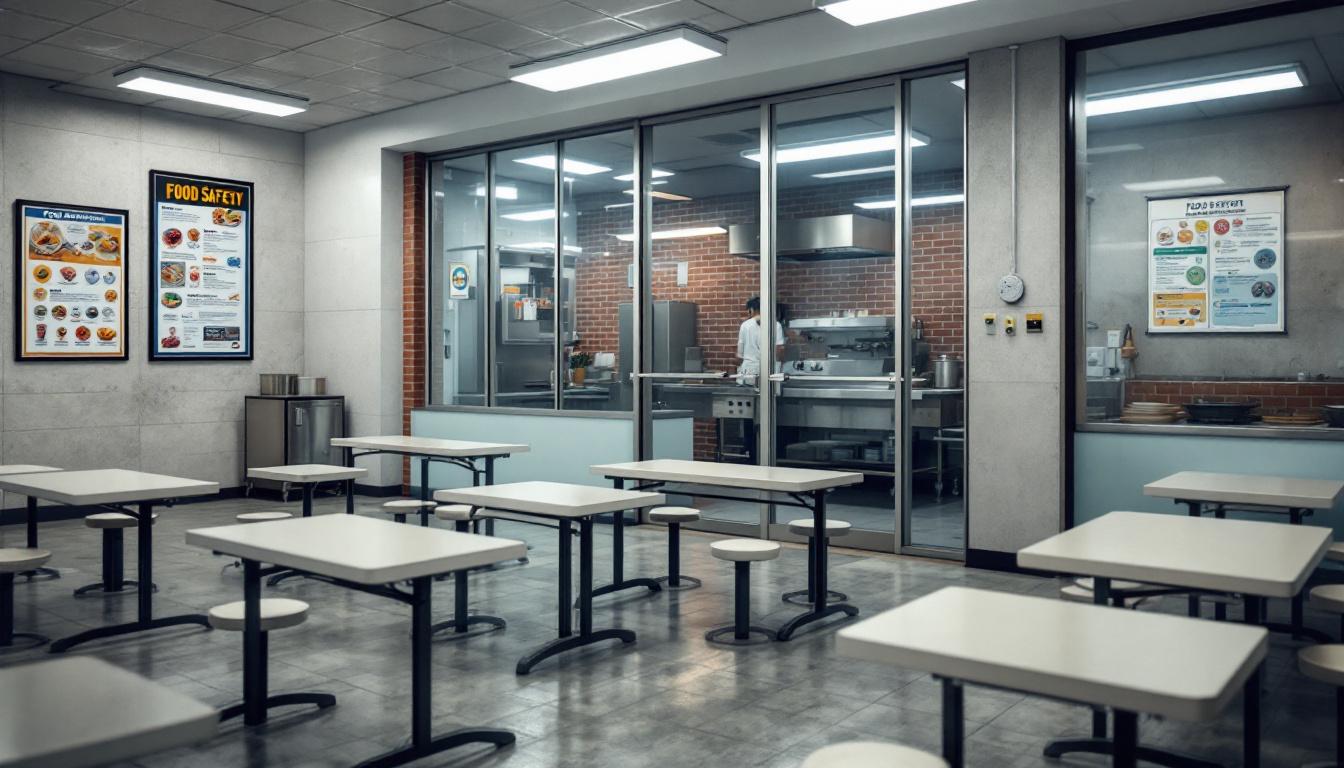
About East Hidalgo Detention Center
Detention centers serve as crucial bridges between arrest and resolution, providing secure housing while individuals navigate the legal process, and East Hildago Detention Center, TX exemplifies this foundational role within the Rio Grande Valley’s justice system. Located in Edinburg, this TX correctional facility operates with a collaborative approach that recognizes the complex needs of both the population services it provides and the broader community it serves.
The facility typically emphasizes a supportive framework that extends beyond basic detention operations, often incorporating programs designed to maintain family connections and prepare individuals for successful reintegration. Through partnerships with local service providers and community organizations, the center may offer educational opportunities, substance abuse counseling, and vocational training that address underlying factors contributing to criminal behavior. This comprehensive approach reflects an understanding that effective offender management requires addressing not just immediate security concerns, but also the social, educational, and personal challenges that individuals face.
Serving the diverse communities of Hidalgo County and the surrounding South Texas region, the detention center generally maintains connections with local courts, legal aid organizations, and social service agencies to ensure coordinated support throughout the legal process. The facility’s location in Edinburg positions it strategically within a network of regional resources, potentially facilitating access to bilingual services, cultural programming, and family visitation opportunities that recognize the comprehensive demographics and needs of the area’s population.
Programs & Services
Support flows through carefully structured programs designed to address the diverse needs of the population at East Hidalgo Detention Center. The facility typically emphasizes skill-building and personal development through various educational and vocational opportunities. These programs often focus on preparing individuals for successful reintegration into their communities while providing meaningful activities during their time at the facility.
Educational services may include tutoring programs that help participants improve basic academic skills and work toward educational goals. The facility often provides vocational training opportunities that teach practical job skills relevant to today’s workforce. Also, these educational initiatives typically aim to enhance employment prospects and provide valuable certifications that can benefit participants upon release.
Work programs offer structured daily activities that may include facility maintenance, food service, and other operational tasks that teach responsibility and work habits. Faith-based initiatives typically provide spiritual support and counseling services for those seeking religious guidance during their stay. Also, specialized training in areas such as barbering and cosmetology may be available, giving participants marketable skills in the personal care industry. These support services often emphasize personal growth, family connections, and building the foundation for positive community reentry.
Daily Life & Visitation
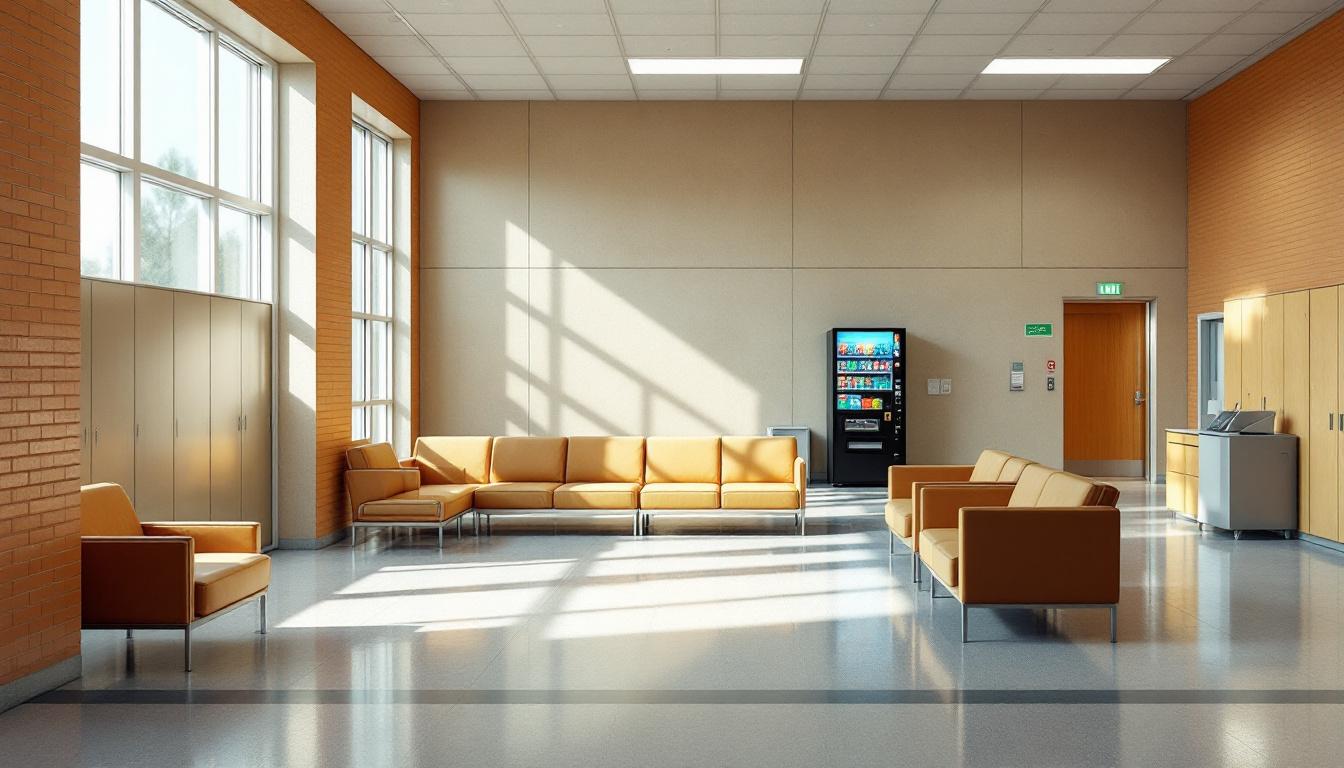
Structured schedules and clear organizational systems shape every aspect of life for the population at East Hidalgo Detention Center. Today’s routine typically begins with early morning counts, followed by meal service and work assignments that consistently provide framework throughout each day. The facility generally operates on a regimented schedule that includes designated times for meals, programming, and recreation, helping residents maintain predictable daily patterns.
Housing units typically accommodate multiple residents in dormitory-style or cell-based arrangements, depending on classification levels and security requirements. The population usually receives three meals daily in designated dining areas, with menu options that may vary based on dietary restrictions or religious observances. Personal property allowances generally include basic clothing items, hygiene supplies, and limited personal effects that residents can maintain in their living spaces. Also, commissary services typically supply additional items like snacks, writing materials, and approved personal care products.
Work assignments often include kitchen duties, facility maintenance, laundry services, and cleaning responsibilities that help maintain daily operations. Recreation opportunities may include outdoor exercise periods, television viewing in common areas, and access to reading materials or educational programming. However, these activities typically operate within structured time blocks to accommodate security procedures and facility management. Visitation policies generally allow for scheduled visits with family members, while communication options usually include monitored phone calls and correspondence that help the population maintain connections with their support systems outside the facility.
Ready to Connect?
Start communicating with your loved one today
Search for an Inmate
